Condenser microphones: what are they and how to connect?
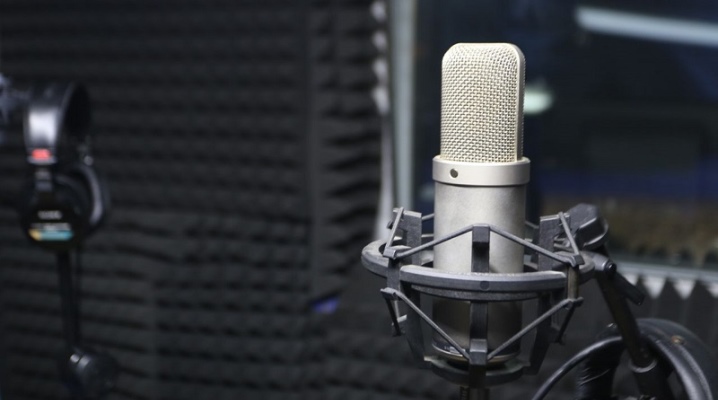
Today there are 2 main types of microphones: dynamic and condenser. Today in our article we will consider the features of capacitor devices, their pros and cons, as well as the connection rules.

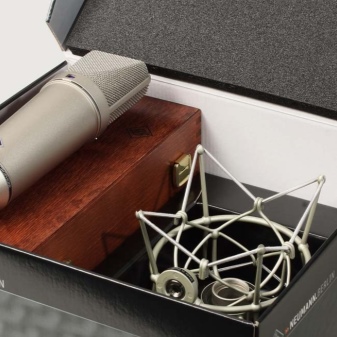
What it is?
A condenser microphone is a device with one of the covers made of a special material with elastic characteristics. In the process of sound vibrations, such a plate changes the capacitance of the capacitor (hence the name of the type of device). In the event that the capacitor is fully charged, then simultaneously with the change in its capacitance, the voltage also changes. In order for the microphone to fully perform its functions, it must have a polarizing voltage.
The principle of operation of a condenser microphone is characterized by high sensitivity. It means that the device perceives well all sounds (including background noises). In this regard, this type of audio device is usually called studiobecause studios are specialized rooms that provide high-quality recording of the purest sound possible.
It should also be borne in mind that capacitor-type devices require so-called "phantom power". As for the device design diagram, it can be varied (for example, include a USB connector).
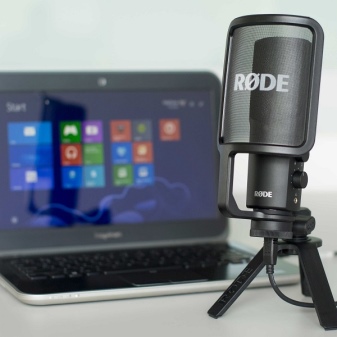
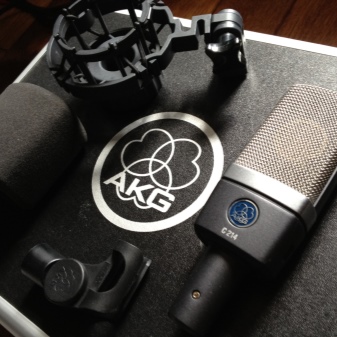
Advantages and disadvantages
The choice and purchase of a microphone is an important and responsible task, since quite often the cost of such audio devices is quite high. In this regard, it is recommended to evaluate all the advantages and disadvantages of condenser microphones in advance. Today in our article we will look at them in detail.
The advantages of devices include the following characteristics:
- microphones pick up a wide range of frequencies;
- a wide variety of sizes (manufacturers offer customers both compact portable models and large-sized devices);
- clear sound (condenser mic is great for professional vocals), etc.



However, in addition to the advantages of condenser microphones, there are also some disadvantages. Among them:
- need for additional food (for the full functioning of the devices, a 48 V phantom power supply is required);
- fragility (any mechanical damage can lead to breakage);
- condenser microphones are highly dependent on environmental conditions (for example, sudden changes in air temperature, as well as humidity indicators can lead to serious malfunctions), etc.
Thus, condenser microphones are devices that can be difficult to use. All the shortcomings must be borne in mind.
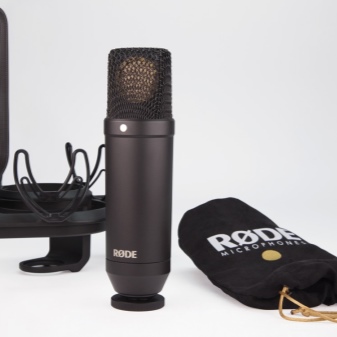
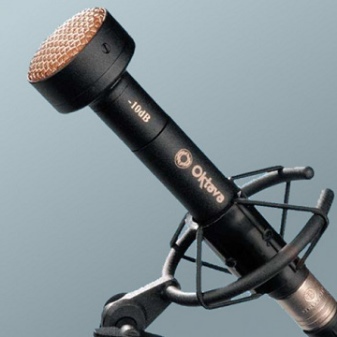
How is it different from dynamic?
In the process of choosing and buying a microphone, the buyer is faced with the question of which type of device to choose (dynamic or condenser) and what is the difference between them. Today in our article we will analyze all the key differences, as well as figure out which microphone is still better.
Dynamic devices are distinguished by the following characteristics:
- low sensitivity and low level of susceptibility to background noise;
- ability to withstand high sound pressure;
- reliable device (microphones can withstand mechanical damage, as well as changes in temperature and humidity indicators);
- poor response to transients and limited frequency of registration;
- budget cost, etc.
Thus, evaluating the distinctive features of dynamic and condenser microphones, we can conclude that they are practically polar in their key characteristics.
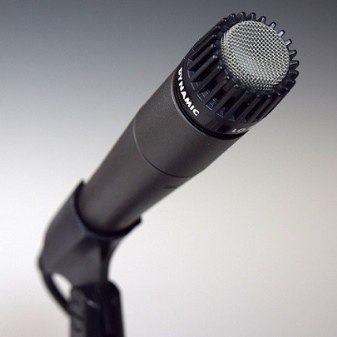
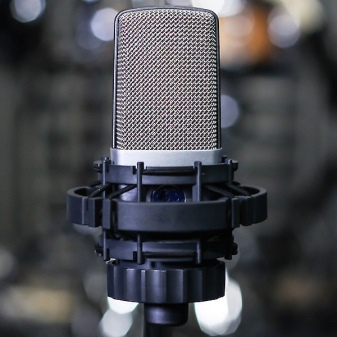
Manufacturers
Today, on the audio equipment market, you can find a variety of models of condenser microphones (for example, an electret or vocal microphone), which are produced by both domestic and foreign manufacturers. The devices are presented in different price categories: from budget to luxury class.
Rode NT USB
Rode NT USB model is different high quality and versatile functional content. The microphone can be used for recording vocals or lyrics. The device works well with Windows, Mac OS and Apple iPad. There is a 3.5 mm jack, which is designed to monitor sound from a microphone in real time. The Rode NT USB is compact in size, so its easy to carry from place to place. In addition, the outer casing of the model is very strong and durable, the length of the network cable is 6 meters.

Neumann U87 Ai
This model is widely known not only among amateurs, but also among professionals. The device is equipped with a special capsule with a large double diaphragm. Due to the presence of this element, the microphone has 3 directivity patterns: one of them is circular, the other is cardioid and the third is 8-shaped. There is also a 10 dB attenuator on the case. There is a low and high pass filter.

AKG C214
This device can be classified as a cardioid device. The model is able to withstand the high pressure of brass instruments or guitar amplifiers. Please note that the AKG C214 is a microphone, that captures even the smallest sound details (for example, a vocalist's breathing or shades of an orchestral sound). The device has a built-in RFI protection system.

Behringer C-1
The model is equipped with a large membrane. Behringer C-1 is characterized by flat frequency response and low-noise transformerless FET-circuit of the input stage. Output connector type - XLR. This element provides neutral and quiet sound transmission. The distinctive features of the device include phantom power indicator and rugged aluminum construction.
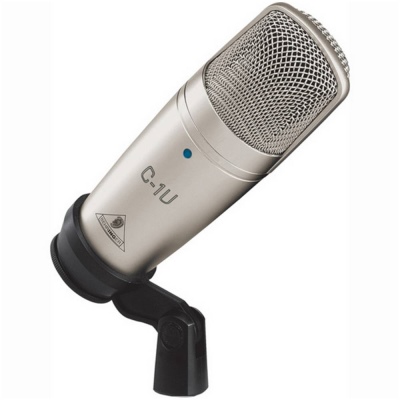
Rode NTK
This model is a studio tube microphone that has a cardioid directivity. Microphone Rode NTK popular with professionals as it provides the highest quality sound recording... This microphone has won various awards from various international competitions. The design has a triode, thanks to which class A pre-amplification occurs, and the sound itself is not distorted. As for the technical characteristics, then the model has a dynamic range of 147 dB and a sensitivity of 36 dB. The manufacturer offers a 5-year warranty period.
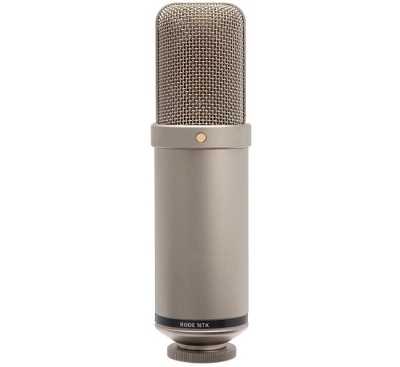
Audio-Technica AT2035
The model is used for drums, acoustic instruments and guitar cabinets. The microphone features a large diagram for a smooth, natural sound and the lowest noise performance... Due to the presence of a cardioid radiation pattern, the main signal is isolated from unwanted extraneous noise. Besides, there is an XLR-connector and a low-pass filter.
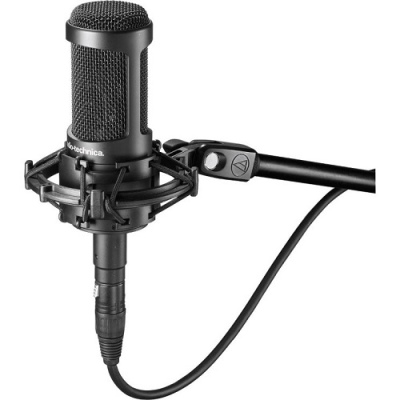
Rode NT1A
The microphone configuration features large diaphragm, phantom power and fixed cardioid response. Also available in 1-inch gold-plated diaphragm capsules. The total weight of the device is just over 300 grams.
Thus, on the market, you can choose a model that will best meet all your needs and desires. Manufacturers care about so that each consumer can satisfy all his needs and requirements.
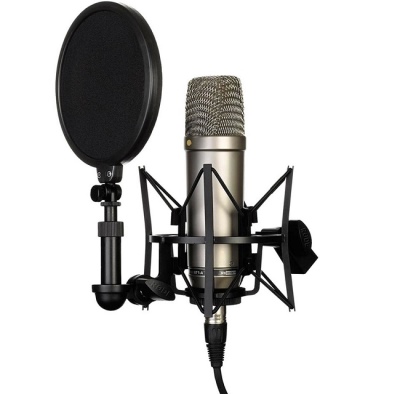
How to choose?
There are several key factors to consider when choosing a condenser microphone. So, first of all, you should pay attention to the functional features (e.g. sensitivity and perceived frequency range). These characteristics are critical and have a great impact on the overall performance of the device. It is also important to consider the manufacturer. Experts recommend giving preference to those microphones that were made by well-known brands. Large companies are guided by world trends and the latest developments, and the production process itself takes place in accordance with all international standards.
Cost is also an important factor. The more functions a microphone has, the more expensive it will cost... At the same time, it is worthwhile to be wary of too cheap models, as they may be fake or of poor quality.
Exterior design is also important (especially if you use a microphone on stage or at any public event).
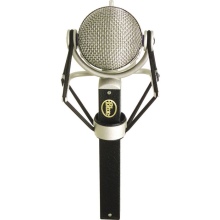

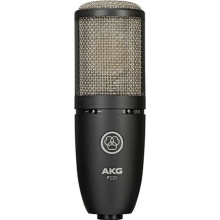
How to connect to a computer?
After you have chosen and purchased a microphone, you need to proceed to connecting and configuring it. However, before that read the operating instructions carefullywhich is included as standard. It should be borne in mind that the connection rules may differ depending on the specific model. Today in our article we will look at the most universal rules. So, the task of connecting a microphone to a computer is greatly simplified if the audio device is equipped with a dedicated USB connector. In this case, you only need a USB cable to connect.
There are also a large number of microphones on the market that include an XLR connector. Accordingly, for such a device, you will need an appropriate cable. It should be borne in mind that cables for connecting microphones usually come with the device itself. Thus, the connection procedure is quite simple and does not require any special technical knowledge. Once you have connected the microphone to your computer, you can configure. For example, you can adjust parameters such as volume, perceived sound wavelength range, etc.
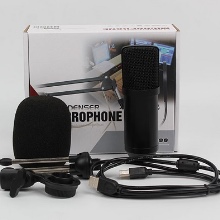


For information on how to choose the right microphone, see the next video.













The comment was sent successfully.